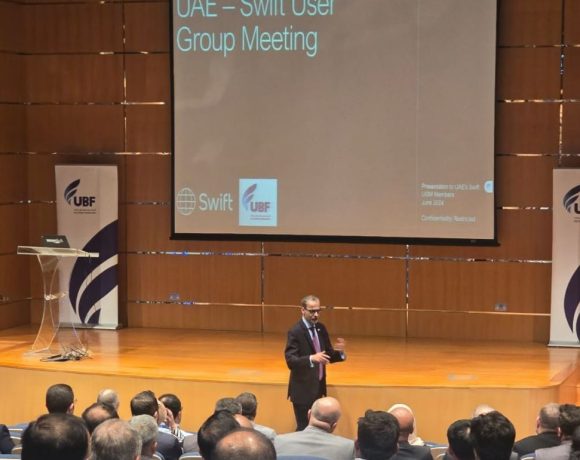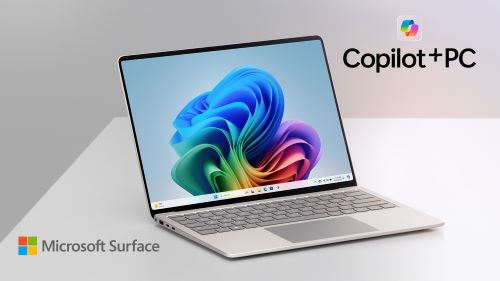Power2Drive Europe: Contributing to the Energy Transition With Bidirectional Charging

E-mobility is about much more than driving on climate-neutral electricity from renewable sources. The batteries of electric vehicles can be used as temporary storage. And it’s not just vehicle owners who benefit from this: In the medium-term, bidirectional charging can take the burden off distribution grids while making them more flexible. Power2Drive Europe, the international exhibition for charging infrastructure and e-mobility, showcases the latest state of the art. As part of The smarter E Europe, the continent’s largest alliance of exhibitions for the energy industry, it will take place from June 19–21, 2024, at Messe München. The Power2Drive Europe Conference, the industry’s meeting point and forum for exchange and discourse among experts, stakeholders, and thought leaders in the new mobility sector, kicks off one day earlier.
There are three types of applications that bidirectional charging of EV traction batteries can be used for: In vehicle-to-home (V2H) and vehicle-to-building (V2B) solutions, the storage and consumption of the electricity takes place entirely in the user’s system, meaning in a private household or a company, behind the meter. In vehicle-to-grid (V2G) solutions, the e-car is part of the power system and can provide flexibility services to the distribution grid by storing electricity and feeding it back into the grid.
Potentials of bidirectional charging
A study conducted by NRW.Energy4Climate and e-mobil BW forecasts that by 2035, approximately 33 million battery electric vehicles could be on the roads in Germany. Of these vehicles, about 65 percent are projected to support bidirectional charging. This translates to a potential of around 7.6 million vehicles serving as mobile energy storage units. Remarkably, this capacity, reaching up to 380 gigawatt-hours, surpasses the demand for stationary battery storage by threefold. These findings underscore the significant potential of electromobility in facilitating the integration of renewable energies.
V2G and regulatory requirements
The basic regulatory legal framework is still missing for the V2G solutions that are immediately useful for the grid to work. Markus Elsässer explains that “Bidirectional charging will be a decisive element of the energy transition. The technology has the potential of effectively taking the burden off distribution grids and making the more flexible.”
Markus Fendt, Managing Director of The Mobility House, emphasizes the societal and economic importance of this application: “V2G bidirectional charging dramatically reduces redispatch. Based on the price of electricity alone, every electric car could have been driven 40,000 kilometers at no extra cost in 2022. It also reduces the need for grid expansion. And last but not least, we would realize innovation in our leading industry, the automotive industry, in Germany.
Power2Drive Europe sees massive growth
Within the range of topics at The smarter E Europe, e-mobility is becoming more important and recognized: In a survey, a third of the trade visitors of all exhibitions of The smarter E Europe expressed an interest in the topic e-mobility. Consequently, the exhibition space of Power2Drive Europe has been expanded by 80 percent compared to the previous year.
Power2Drive Europe
Power2Drive Europe is the international exhibition for charging infrastructure and e-mobility. Under the motto “Charging the Future of Mobility”, it is the ideal industry meeting point for players from the world of sustainable mobility. The focus is on charging infrastructure, electromobility, mobility services and sector coupling. Power2Drive Europe will take place from June 19–21, 2024 as part of The smarter E Europe at Messe München.
Last Updated on 8 months by News Desk 2












